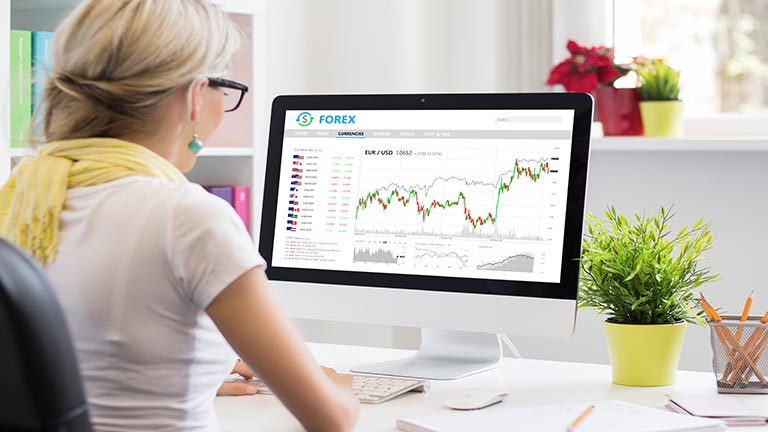Is Student Debt Causing a Drop in Housing Affordability?

By Dale Gillham
In the past I’ve been told that you should never talk about religion or politics, and I tend to agree. But today I am also going to say something I never thought I would and that is I agree with the Greens about their bill to freeze student debt. HELP funding, formally known as HECS, is indexed to inflation and students are required to start repaying their loan once their income reaches a certain level. But with CPI rising to as high as 7 per cent in the last year, this is a significant increase on their debt.
What’s the real issue with housing affordability?
The Greens argue that student debt is locking young people out of the housing market and while I understand their argument, I don’t agree. The real issue is the continued acceleration of property prices that the government needs to address.
When it comes to borrowing money to purchase a property, student debt is not taken into account by lenders. Rather, they look at the amount payable on the student debt when determining the affordability of a housing loan. What the Greens fail to highlight is that for quite a few years CPI was exceptionally low, which means that the indexing of student debt was also very low.
It’s also important to note that those who aim to get a degree do so with the expectation that they will gain higher paid employment, which is often the case. So is student debt the real issue in regards to housing affordability for young people?
The Federal Government is not a bank and it’s not looking to profit from the scheme, which is why almost anyone can access HELP to fund their education. The indexing that’s applied to the debt is so the money that is returned to the government has the same spending power when it was lent. As a taxpayer, while I agree with the Greens in regards to giving students a free pass on indexing, I don’t agree that they shouldn’t be required to repay the debt, after all we don’t value what we don’t pay for.
Maybe a better way to address this issue is to put the indexed money that would otherwise be repaid to the government into an individual’s superannuation. The compounding effect of this extra money in their super will grow over decades and lessen the burden on the government in years to come in the form of a pension.
So, in my opinion, it’s not student debt that is locking young people out of the housing market, rather it’s because Australia is one of the most expensive countries in the world to buy property. So, maybe the Government should turn their attention to this issue or better still, teach young people better money management skills, which is something that is severely lacking in our education system.
What were the best and worst performing sectors last week?
The best performing sectors included Industrials up 0.78 per cent followed by Financials up 0.74 per cent and Utilities up 0.43 per cent. The worst performing sectors included Energy down 2.29 per cent followed by Materials down 2.16 per cent and Consumer Staples down 1.03 per cent.
The best performing stocks in the ASX top 100 included Whitehaven Coal up 7.42 per cent followed by Pilbara Minerals up 7.20 per cent and Atlas Arteria up 3.98 per cent. The worst performing stocks included Challenger down 6.38 per cent followed by Bank of Queensland down 6.07 per cent and Lend Lease down 5.25 per cent.
What's next for the Australian stock market?
Last week was largely flat with all major indices barely moving and the All Ordinaries Index finishing the week just 0.49 per cent lower. The lack of movement is not surprising given the strong growth we’ve seen since the low on 20 March, with the market rising over 6 per cent to the high last Monday.
I mentioned in my last report that I believe in the short term the All Ordinaries Index may have one or two weeks down in the next month. While last week was technically an up week given it rose above the high of the preceding week, it closed lower than it opened for the week. This is a good sign that the fall I am expecting will most likely occur this week.
I am confident that any move down will be short lived and last around one or two weeks before the market starts to rise again. I am still not convinced of the rhetoric by the doom sayers in relation to their negative opinions about our economy, as I believe 2023 will end up being a good year for investors.
Good solid stocks always alert us to what we might expect in the future and there are certainly many that are giving me confidence about our market for the rest of 2023. The saying that the masses are usually wrong is typically true when it comes to the stock market and those who ignore the noise will be well rewarded. If you remain patient over the next week or two, you will see some very good buying opportunities unfold.
For now good luck and good trading.
Dale Gillham is Chief Analyst at Wealth Within and international bestselling author of How to Beat the Managed Funds by 20%. He is also author of the bestselling and award winning book Accelerate Your Wealth—It’s Your Money, Your Choice, which is available in all good book stores and online.






